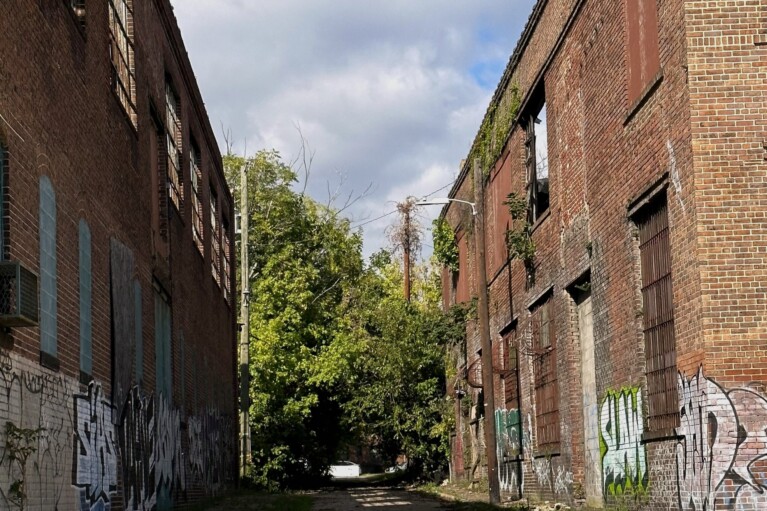Opinion: Health Care in the Pandemic Age — Let’s Get it Right

“Nobody knew health care could be so complicated.”
President Trump made that statement as the Republicans continued to make every effort to unwind the Affordable Care Act. Now, in the midst of the COVID-19 pandemic, one wonders if he has learned anything since he said that on Feb. 27, 2017.
Does he know that: Everyone needs health insurance? Some have underlying conditions brought on in some cases by racial inequities? Others are at risk because of where they live? And others simply mistrust a system that has not served their unique needs?
Fortunately, Governor Hogan and those leading Maryland’s response to the pandemic do understand many of these issues and are taking steps to address them. However, there are areas where they could do more. Before addressing those, let’s look at what the state has done to increase the numbers of those with health care coverage.
One month ago the Maryland Health Benefit Exchange created a Coronavirus Special Enrollment Period. Since then more than 19,000 individuals have taken advantage of this to get insurance.
Sixty percent of these newly insured were eligible for Medicaid. That public program is now at a seven-year high for enrollments. The other 40% gained private insurance and many of those qualified for financial assistance.
Yet another 2,500 people enrolled through the new Maryland Easy Enrollment Health Insurance Program. That brings the total of new enrollees to 21,500.
It is reasonable to assume that these numbers will continue to grow as the Maryland Health Benefits Exchange continues its outreach and as some may lose their employer-sponsored health insurance.
Therefore, there is little doubt that the state has taken the right approach in expanding the special enrollment periods through July 15. And Marylanders should be grateful that they don’t live in one of the 30-plus states where the Trump administration refuses to extend the health insurance enrollment period.
We do know that health care is more complicated than just having insurance. In fact, the impacts of this pandemic, both in contracting the coronavirus and dying from it, are not equally shared among all of us. Those most at risk include individuals in our black communities.
The governor made a good start in addressing this by requiring the collection of racial data. But we mustn’t forget others who are uniquely vulnerable. Those include, of course, seniors in nursing homes, where aggressive actions are being taken. Due consideration should also be given to other vulnerable populations including those in the prison and foster care system, the homeless, and those for whom English is a second language.
They must not be forgotten. And every effort must be made to address their unique needs by reducing their exposure and providing the optimal care should they become infected.
In this regard, the Public Justice Center and seven other organizations representing the interest of low-income Marylanders sent a letter to Governor Hogan with the following recommendations:
- Stratify and report race data by county or zip code;
- Collect and report data on whether a patient had limited English proficiency;
- Collect and report data on whether care was sought by patients with COVID-19 symptoms and whether the provider refused to provide care;
- Expand access to COVID-19 testing and treatment in Black communities across Maryland; and
- Distribute personal protective equipment and face coverings to Maryland’s high-risk communities.
In addition to these, the administration should consider the following:
- Add ethnicity to the race data currently being collected;
- Create a Task Force on Racial Disparities as Governor Whitmer is doing in Michigan; and
- In high-risk communities:
-
- set up rapid response teams
- hold briefings for community members
- expand the areas for messaging being done by the NAACP in Baltimore
Lastly, prior to the outbreak of the pandemic, Maryland was working on several fronts to address the social disparities of health. Those efforts must continue and become part of a fully integrated approach that is informed by the work of the proposed task force, or another oversight body.
There is no doubt that, going forward, the state will be challenged to find the resources necessary to address the most immediate issues. However, we must not waste this opportunity to create long-term solutions that will reverse the inequities of the past and address the health and well-being of each and every Marylander.
— LENI PRESTON
The writer is an independent health policy expert.




 Creative Commons Attribution
Creative Commons Attribution